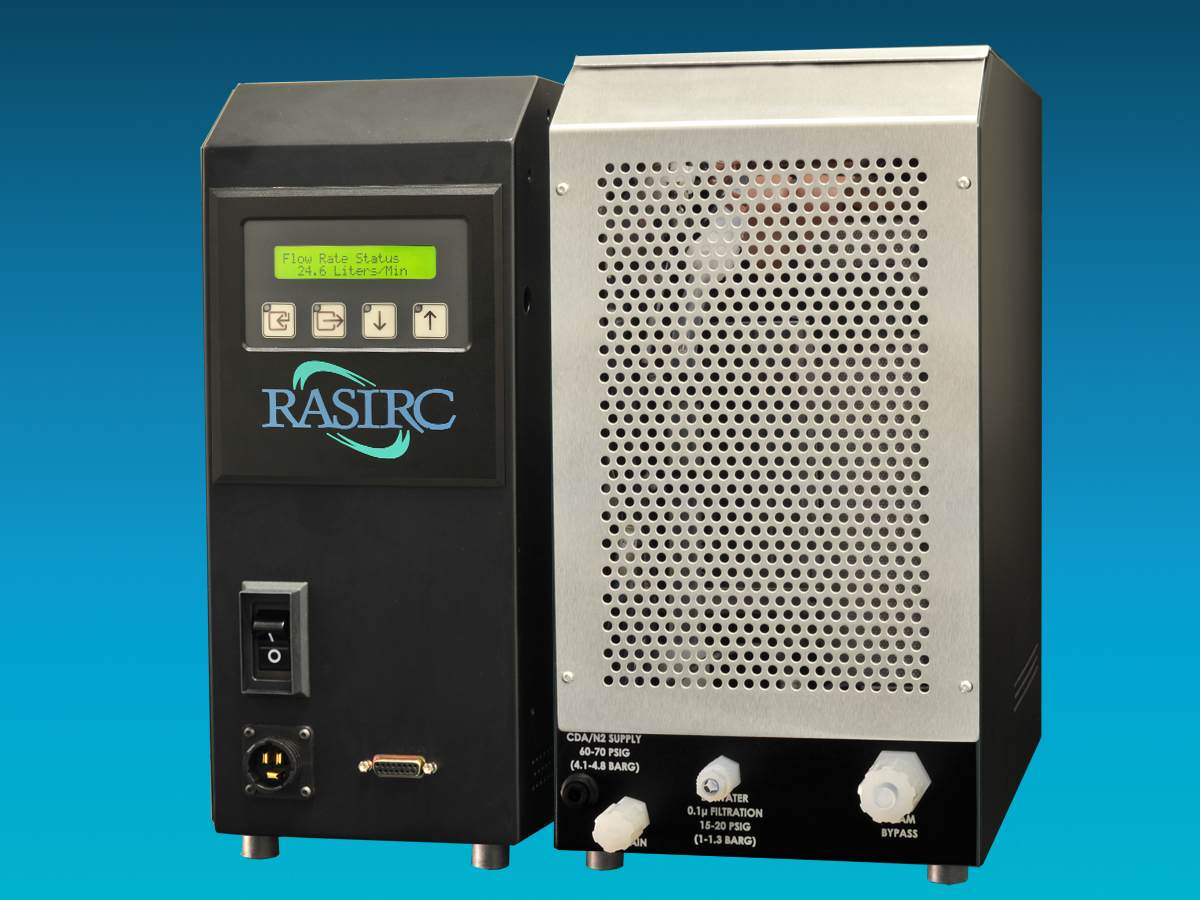Wednesday, June 15th, 2011
Ultra-pure water vapor for solar cell processing improves PV efficiency by eliminating the impurities that would otherwise trap charge carriers. However, conventionally ways to get ultra-pure water vapor in high-volumes tend to be expensive and unreliable. Ultra-pure steam can easily be made by flowing oxygen and hydrogen gases though a catalytic chamber, and while this has been used for some IC fab processes it is too expensive to be used in PV lines.
PV fabs have “mostly-pure” de-ionized water (DI) available, however, so how hard is it to make ultra-pure steam? In the real world it is very hard to make steam with simple boilers and bubblers and evaporators for very long without something breaking down and contamination getting in. Residues build up in some places, and materials leach out of others. The insidious aspect of these cheap and dirty solutions is that everything seems fine for the first few weeks or months, until slight yield and efficiency losses slowly begin.
Rasirc has been selling and supporting high-flow ultra-pure steam generators in the IC industry for many years, and has proven its systems screen all volatiles, ionics, and other impurities from steam generated from DI water. Applied in critical solar cell manufacturing processes, the parts-per-trillion (ppt) pure steam can actually increase yields. The foundation of the system is a non-porous membrane which allows steam through at a flow rate of up to 50 slm, while excluding metals, hydrocarbons, and particles. All internally wetted surfaces and seals are either quartz or teflon to be safe.
The Fraunhofer Institute for Solar Energy Systems (ISE) recently announced that using the Rasirc steamer in the production of back contact silicon solar cells the efficiency reached 20.2%. Fraunhofer used the steamer to provide ultra-pure water vapor for its metal wrap through (MWT) and passivated emitter and rear cell (PERC) solar cell flows.
“It has been a very productive and positive experience working with the engineers from Fraunhofer ISE,” said Jeffrey Spiegelman, president of Rasirc. “It is very exciting to be an important part in bringing MWT/PERC cells to mass production.”
The membrane purifier technology has been used in production lines of IC fabs for processes including “wet oxidation” and atomic-layer deposition (ALD). In both cases, the process may involve deposition or growth of a layer within the active transistor structure itself, and so metallic and other impurities cannot be tolerated. Rasirc reported last year that improved device results led to multiple steamers being sold to multiple crystalline silicon PV lines in China.
Thermal silicon oxides are known to effectively passivate silicon surfaces and have been used for the fabrication of highly efficient silicon solar cells. The previous standard solution for steam in wet oxidation furnaces is combustion of hydrogen and oxygen gases in a “torch”, but this technology comes with safety and maintenance issues, and growth-rate varying when the gas flows drift over time.
This membrane-based steam delivery system does not just prevent contamination from getting through, it also ensures that the vapor arriving at the process chamber is pure steam. By delivering consistent ultra-pure H2O with no H2 nor O2, the RASIRC steamer allows for reliable growth of the oxidation layer at the maximum rate. The company claims that customers see 7-18% relative growth rate increases over the best possible using torches or bubblers. —E.K.
Tags: ALD, CVD, deposition, DI, fab, Fraunhofer, HVM, IC, OEM, PV, RASIRC, steam, vapor, water

